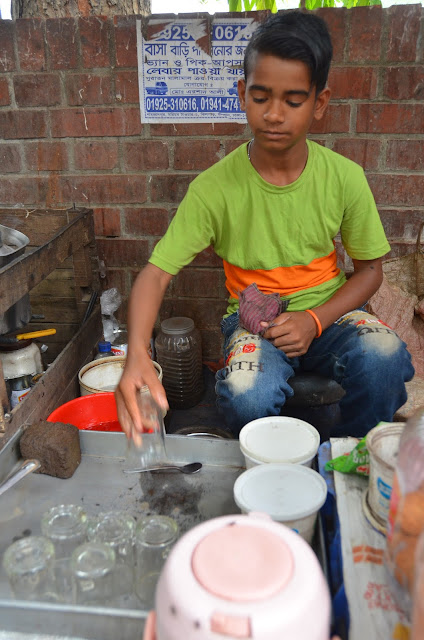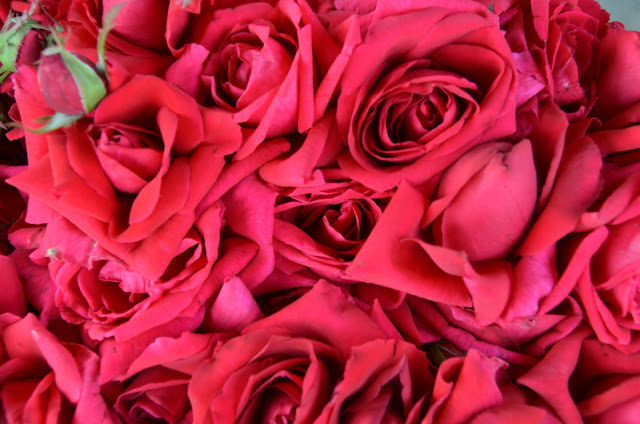A short Easter break took us to Kuala Lumpur, Malaysia, last week.
The decision of our destination was made very randomly. One of my colleagues - yes, I'm a working girl now - showed pictures of Kuala Lumpur and I was immediately sold.
Urban, clean and organized. More sterile than Bangkok, less expensive than Singapore.
The most fascinating was, however, the versatility of the city.
The streets were full of totally covered women but also tourists wearing next to nothing. It seemed that all colors, races and religions formed a functional mix.
Of course, there are tensions under the surface. Malaysia is a multiracial society with a good half of the population Malays, almost quarter Chinese and round ten per cent Indians. Muslims, hindus, wealth worshippers, non-believers.
Tourism is the country's third largest source of income.
I don't know what is happening with me but it seems that Dhaka is getting under my skin, a serious case of Bangla rash.
Instead of just enjoying a long weekend with delicious food in Kuala Lumpur I was constantly thinking of different solutions for Bangladesh. Could this be possible in Dhaka? Why is this not done in Bangladesh? How can we (did I just say we) solve this?
The attractions in Kuala Lumpur are as versatile as the the city itself. The Petronas Twin Towers were majestetic night and day. The endless shopping centers were many and busy. The streets were clean, traffic controlled.
Just outside the city center is a paradise for a flower lover: a park full of orchids, hibiscus and floral tranquility.
We also visited a butterfly park (beautiful but very warm) and a bird park (too many birds are actually scary).


































